Lesson 12 - Past Progressive Tense
Conversations
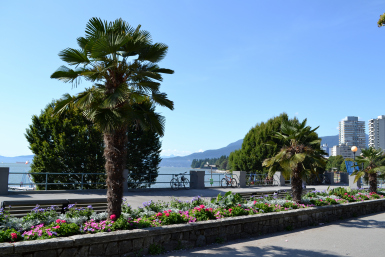
English
Sarah sees Mary downtown while she is on her lunch break. They stop and talk for a few minutes.
Sarah: I saw you riding your bike yesterday. Where were you going?
Mary: I was going to my Business Communication class. I have a class every Tuesday and Thursday evening.
Sarah: How do you like it?
Mary: I was having trouble at first, but I’m starting to enjoy it now. This is the first course I’ve taken in years, so it took me a while to get used to studying again.
Sarah: Why are you taking the course?
Mary: I want to be a Project Manager. My work will pay for all the courses I need to take to get a Project Management Certificate.
Sarah: Wow! That’s very ambitious. How many courses do you have to take?
Mary: I have to complete ten courses. I was hoping to finish in two years, but I think it will take me a little bit longer.
Sarah: I guess you’re really busy these days.
Mary: Yeah. I have some free time on Saturday though. We should go for coffee.
Sarah: Sure. What time?
Mary: 1:00 at the usual place.
Sarah: See you then.
Mary: Bye.
Vocabulary and Phrases
| I saw you riding your bike. | |
| I was having trouble ___. | |
| ambitious | |
| to finish | |
| busy | |
| to guess | |
| We should go ___. |
Advertisement
Grammar
Present Participle
The present participle is a form of a verb that is used in the creation of the progressive tenses. The present participle is formed by adding ing to the end of a verb. If the verb ends in e and is more than three letters, the final e is dropped.
The following table shows some examples of the present participle.
| Verb | Present Participle |
|---|---|
| be | being |
| do | doing |
| make | making |
| see | seeing |
| think | thinking |
The Past Progressive Tense
The past progressive tense, also called past continuous, refers to a continuing action or state that was happening at some point in the past.
It is used to indicate:
- that an action was in progress in the past when another action happened
- a habitual or repeated action in the past
- that an action was in progress during a specific time or period of time in the past.
The past progressive is formed by using the past tense of the verb be with the present participle of a verb. The present participle is formed by adding ing to the end of a verb. If the verb ends in e and is more than three letters, the final e is dropped.
| I | was going |
| you | were going |
| he / she / it | was going |
| we | were going |
| they | were going |
Examples
| What were you doing? | |
| I was walking to the store when you phoned. | |
| The dog was sleeping when I walked by. | |
| We were thinking about going to Costa Rica for our vacation, but eventually decided to go to Ecuador instead. |
Vocabulary and Phrases
Food and Drinks
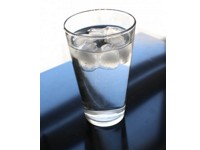
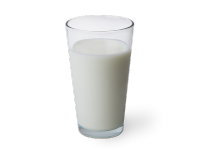
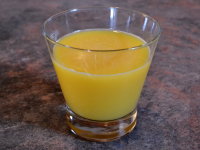
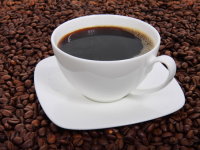
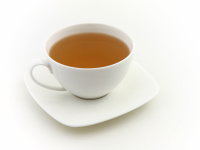
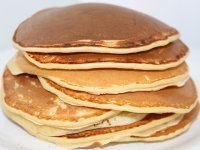

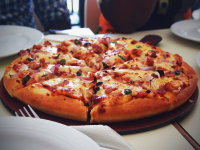
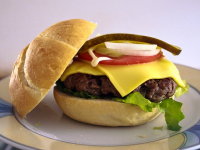
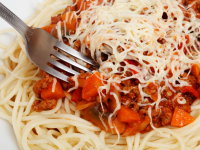
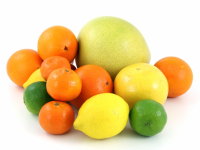
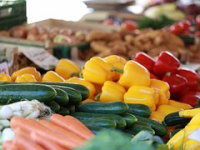
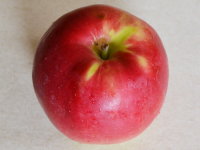
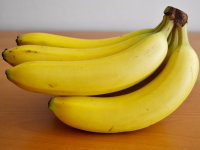
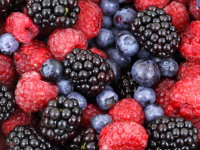
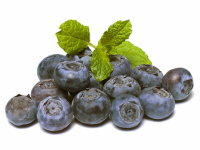
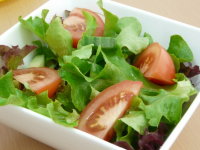
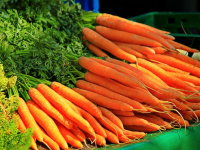
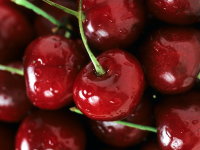
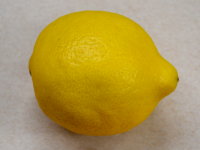
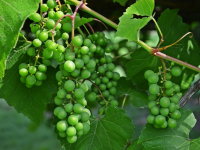
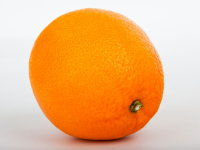
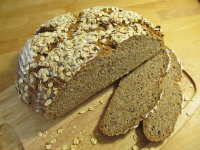

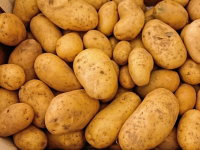
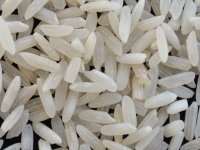
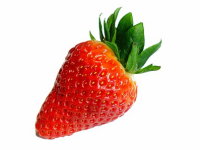
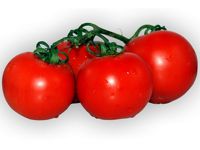
Advertisement
Flashcards
Here are some flashcards to help you learn the English words for some common foods and drinks.Quiz
The quiz for this lesson covers the past continuous tense and the English vocabulary for food and drinks.

